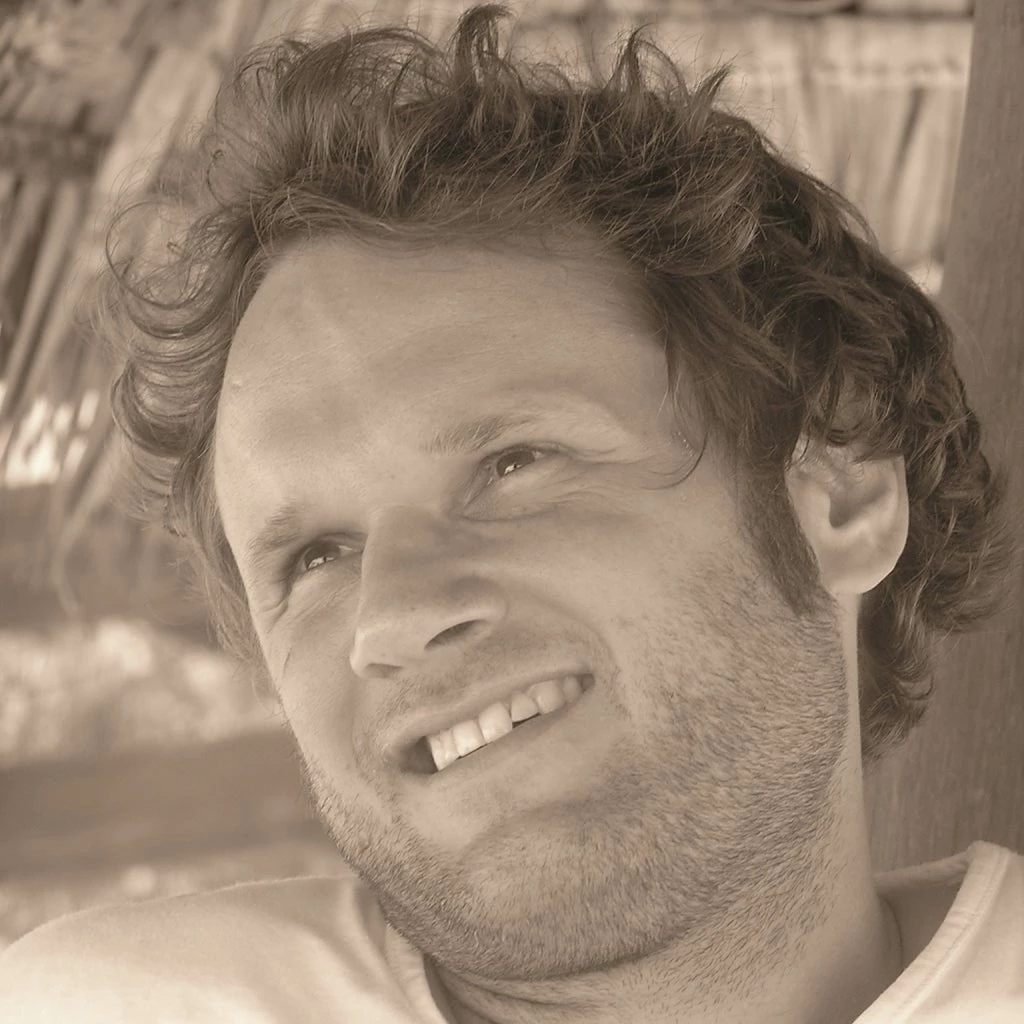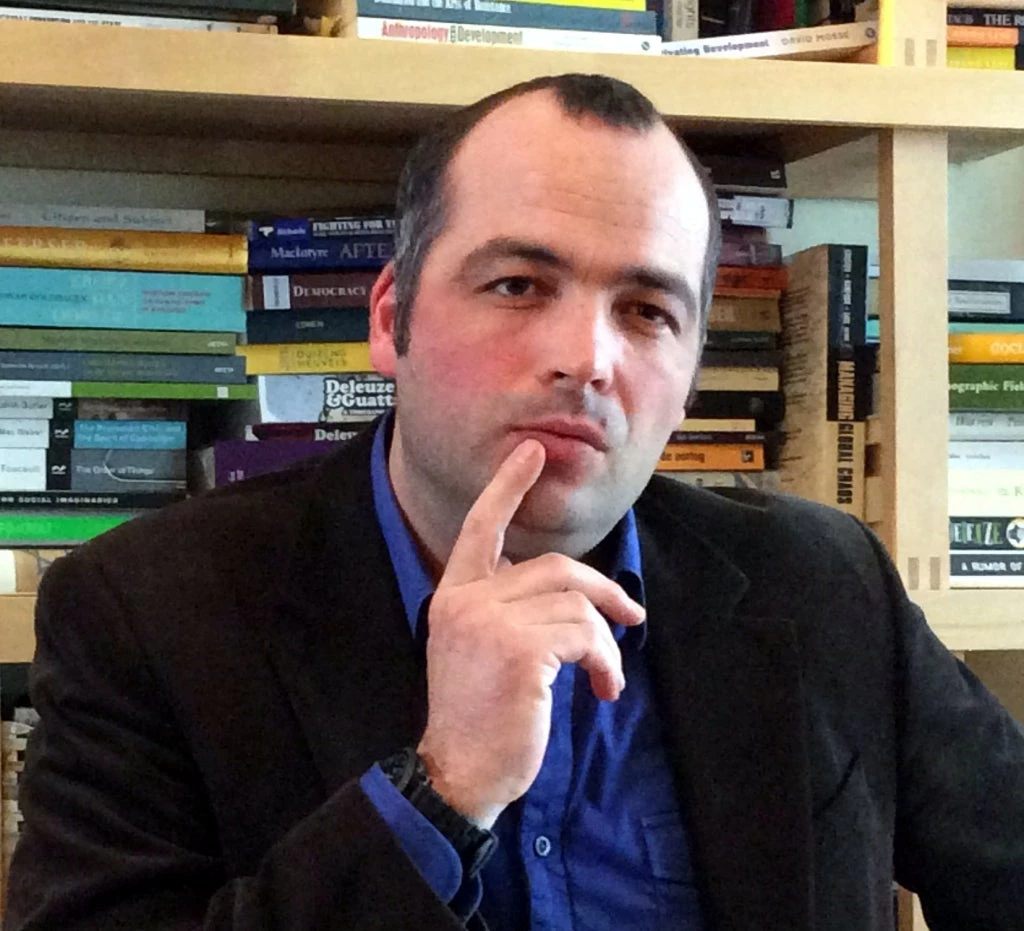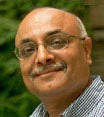
Raymond is a young boy living in rural Kagera, Tanzania. He has always dreamed of moving to Dar es Salaam, Tanzania’s prime city, 1,650 km away and currently with a population of 4.5 million. Getting there, for someone with his background and skills, was next to impossible. But, having familiarized himself with the wheeling and dealing of urban life through his moves through several secondary towns in Tanzania, he is getting closer. Over the past few years, he moved 8 times, expanding and contracting his action space with each move.
The story of Raymond challenges the traditional vision of rural to urban migration as a one-step process. It further draws attention to the opportunity that secondary towns can add for improving people’s welfare through migration. These are some of the insights emerging from the in-depth conversations with 75 migrants from rural Kagera, Tanzania which are recounted here in a 3-blog series. This first blog focuses on the importance of “Making action space”.
Action space and cumulative causation
Following the version formulated over 60 years ago by Arthur Lewis, economists tend to think of rural-urban migration as a one-step process, triggered once expected urban wages exceed rural ones. This vision implicitly assumes that a prospective rural migrant rationally assesses all options in front of her, and once she has figured out in which location her expected lifetime utility is higher and has taken account of the various costs reaching that location, she packs her bags and moves.
Multiple conversations with actual migrants show that this is too simplified a view of migration and we introduce the notions of action space and cumulative causation instead. A migrant’s action space is hereby defined as the set of possible destinations that she can realistically move to at a given point in time, and, intimately linked to this, the set of possible livelihoods she can achieve at these destinations. Crucially, a person’s action space is also not static. It continually evolves, in a process of cumulative causation. What’s more, prospective migrants are aware of the malleable nature of their action space and make decisions that shape it to their advantage. By altering their action space, they create possibilities for themselves to become physically, economically, and socially mobile.
This dynamic, cumulative nature of migration and the powerful role secondary towns can play in the process, as important entry points to livelihood diversification and poverty reduction, has remained underappreciated. The paper by Artuc and Ozden comes probably closest. It shows how international migrants may choose countries not only for their amenities and living standards, but also place value on it as a potential transit point for subsequent moves. When it comes to internal migration, the concept is probably most vividly illustrated by the life history of Raymond.
For Raymond, despite his long-life dream of living in Dar es Salaam, he realized that he had no marketable professional skills to get an urban job and neither did he have the life-skills to survive in the big city. He knew life in his village where everyone knows each other and, as he put it, where “you can always eat bananas for free”. So instead of moving 1,650 km away, he moved to Bukoba, a smaller town 50 km away. For a year and a half Raymond straddled the urban and rural, selling sugar, soap, rice, sweets, chewing gum and the like at the bus stand in Bukoba. During that period all those seemingly inalterable initial conditions that had prevented him from moving were shifting and sliding: his action space was expanding. He was able to save up some money, he got exposed to travellers coming from all corners of the country, some of them becoming longer term friends, and he learnt how to operate in a slightly more anonymous cash-based economy. After that, Dar es Salaam was still not within his action space, but now he did have the cash for the fare and contacts to move to Mwanza (population of 700,000 and 450km away from home). It became his next stop.
Expanding portfolio of options
Like Raymond, many of the rural poor may dream of moving to big cities. Yet, these are often out of reach, unless strong social networks can help them overcome the multiple financial and information barriers of moving, settling and finding a job. Secondary towns, on the other hand, are in many ways closer. In Sub-Saharan Africa, 22 percent of the population live within 1-3 hours from a secondary town (population 500k). With that smaller physical distance comes a host of other dimensions of distance that also decrease, such as socio-cultural differences, access to social networks and information, and the ability to return and fall back on the village’s safety net if migration fails. In addition to the portfolio of future options that migration to secondary towns may offer, it may further help understand why many more people end up in secondary towns than in cities, even though cities have much larger wages and better amenities.
In sum, the one-shot framework misses the value that secondary towns add in terms of their ability to expand the action space of a broader base of rural dwellers. Smart investments in secondary towns therefore can contribute to inclusive growth as countries urbanize. To be sure, we do not say that all migration paths should aim to lead to the big city. Many of our study participants do not aspire to move further than a secondary town and many of those who do, will find their action space narrowing once they get married and take up responsibilities towards their children and family. Neither do we claim that secondary towns are the only way to get out of poverty – investing in rural areas or bringing the city closer should also be considered as an option.
Ultimately the costs and benefits of the different interventions will both need to be weighed against each other. Urban (and rural) investments should be assessed, at least in part, also on their ability to expand people’s action space. The notions of action space and cumulative causation in analysing migration, help us draw attention to this. And the proximity of secondary towns to the extreme poor, who live concentrated in rural areas, may give them an edge in doing so.
This is the first in a 3 post blog series exploring the question “Why secondary towns can be important for poverty reduction” drawing on the insights of the life histories of 75 migrants from Kagera, Tanzania. The next post will examine what it is that makes a town a town and why that matters.
Follow the World Bank Jobs Group on Twitter @wbg_jobs.





Join the Conversation